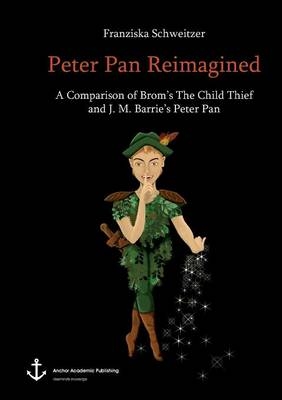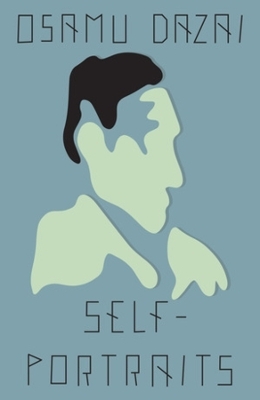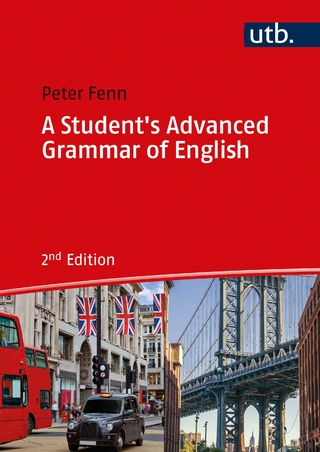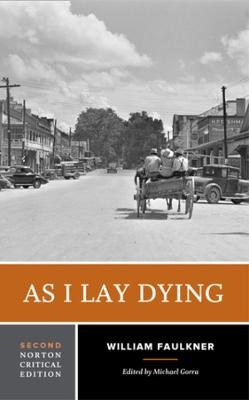
Peter Pan Reimagined
Anchor Academic Publishing (Verlag)
978-3-96067-012-4 (ISBN)
This treatise aims to answer these questions and to give an outlook on possible further research.
Franziska Schweitzer B.A. was born in Frankfurt am Main in 1988. From early childhood on, she was most interested in folklore and fairy stories. She studied Indology and British Studies at the Johannes Gutenberg University in Mainz and finished her Bachelor Studies in 2014. Now she is continuing in the British Studies' masters programme and attempts to acquire the Japanese certificate as an extra-curricular achievement. She has been to India for over half a year, learning Hindi and studying the complex Indian culture. Her study interests range from Irish folklore, over Japanese language and arts to Indian culture.
Text sample:
Chapter 3.4: The Lost Boys:
The Lost Boys are Peter's constant companions and his subordinates. The mechanics in their group in comparison to the mechanics in the group of the Lost Children will be shortly analysed in the following.
3.4.1. Barrie's Lost Boys:
The Lost Boys are, according to Peter, "children who fall out of their perambulators when the nurse is looking the other way" and "if they are not claimed in seven days they are sent far away to the Neverland to defray expenses" (P.P. 31).We cannot be sure whether they die after seven days and thus come to the Neverland, or whether they come to Neverland by magic. Barrie seems to leave this specific detail to the reader's imagination. The boys vary over time (cf. P.P. 52), but portrayed in Peter Pan are Nibs, Slightly, Curly, the Twins and Tootles (cf. P.P. 52-53). Together with the three Darling children and Peter there are nine Lost Boys plus Wendy, of whom we can safely say that she is not a boy and stands outside the group while still belong-ing to them. The Lost Boys even shoot Wendy because they think that Peter ordered them to and "it was not in their nature to question when Peter ordered" (P.P. 62). It is not surprising that they act this way, "given that they have been trained to obediently follow the orders of their Captain, they shoot arrows at her until she falls to earth, which Tootles believes will make Peter proud of him" (Wilson 603), but Peter's absolute control over the boys is, at times, disturbing, especially in the aforementioned case. Brom states that with the Lost Boys "Peter Pan has turned bloodletting into a sport, has taught them not only to kill without conscience or remorse but also to have a damn good time doing it" (bromart.com/childthief). This depiction is not unusual because "boys were increasingly represented as plucky and clever but also largely amoral and often cruel" (Deane 690).
The dynamics in this group are difficult to see and analyse. Wendy is the mother who is tender and mends that which is broken, she cooks the food and darns their socks (cf. P.P. 78). Peter is sometimes the father figure (cf. P.P. 106), but more often he is the leader in battle and play (cf. P.P. 88) which can be very similar in the make-believe world of the Neverland. The Lost Boys themselves are usually passive and either following Peter's lead or listening to Wendy and her orders as a mother (cf. P.P. 103). Even though the boys have different characters (cf. P.P. 52-53), they act together as a group. Tinker Bell, who is not a Lost Boy herself, adds a note of discord to the group with her sometimes selfish and ignorant behaviour (cf. P.P. 68). She seems to be the element of chaos, an element that can change the outcome of the story completely by seemingly random behaviour, but this behaviour can be identified as jealousy- and love-induced. Her jealousy turns Tinker Bell mischievous and meddlesome (cf. P.P. 52) and her love for Peter drives her to heroic deeds, for without Tinker Bell Peter would have died (cf. P.P. 136-137). Barrie's Lost Boys are a homogeneous group whose daily routine is not described in detail and the details are left for the reader to fill out with his or her imagination.
3.4.2. Brom's Lost Children:
The Lost Children are very different from Barrie's Lost Boys. For instance, the group consists of boys and girls instead of only boys. In Barrie's times, the adventure novel was read by male readers, while the domestic story was for female readers (cf. J. Rose 77) - two genres that Barrie mixed with each other in Peter Pan - but the times have changed. The theory of intertextuality suggests that a text cannot be read as a singular work of art, but always has to be seen in the context it is produced in, so that "meaning becomes something which exists between a text and all the other texts to which it refers and relates" (Allen 1). In the case of the Lost Children in comparison to the Lost Boys, we have to count in the emanc
| Erscheinungsdatum | 16.06.2016 |
|---|---|
| Sprache | englisch |
| Maße | 155 x 220 mm |
| Gewicht | 98 g |
| Themenwelt | Geisteswissenschaften ► Sprach- / Literaturwissenschaft ► Anglistik / Amerikanistik |
| Geisteswissenschaften ► Sprach- / Literaturwissenschaft ► Sprachwissenschaft | |
| Schlagworte | Adaptation • Avalon • Barrie, J.M. • Brom • Gender • Literary Comparison • Neverland • Peter Pan |
| ISBN-10 | 3-96067-012-5 / 3960670125 |
| ISBN-13 | 978-3-96067-012-4 / 9783960670124 |
| Zustand | Neuware |
| Haben Sie eine Frage zum Produkt? |
aus dem Bereich


